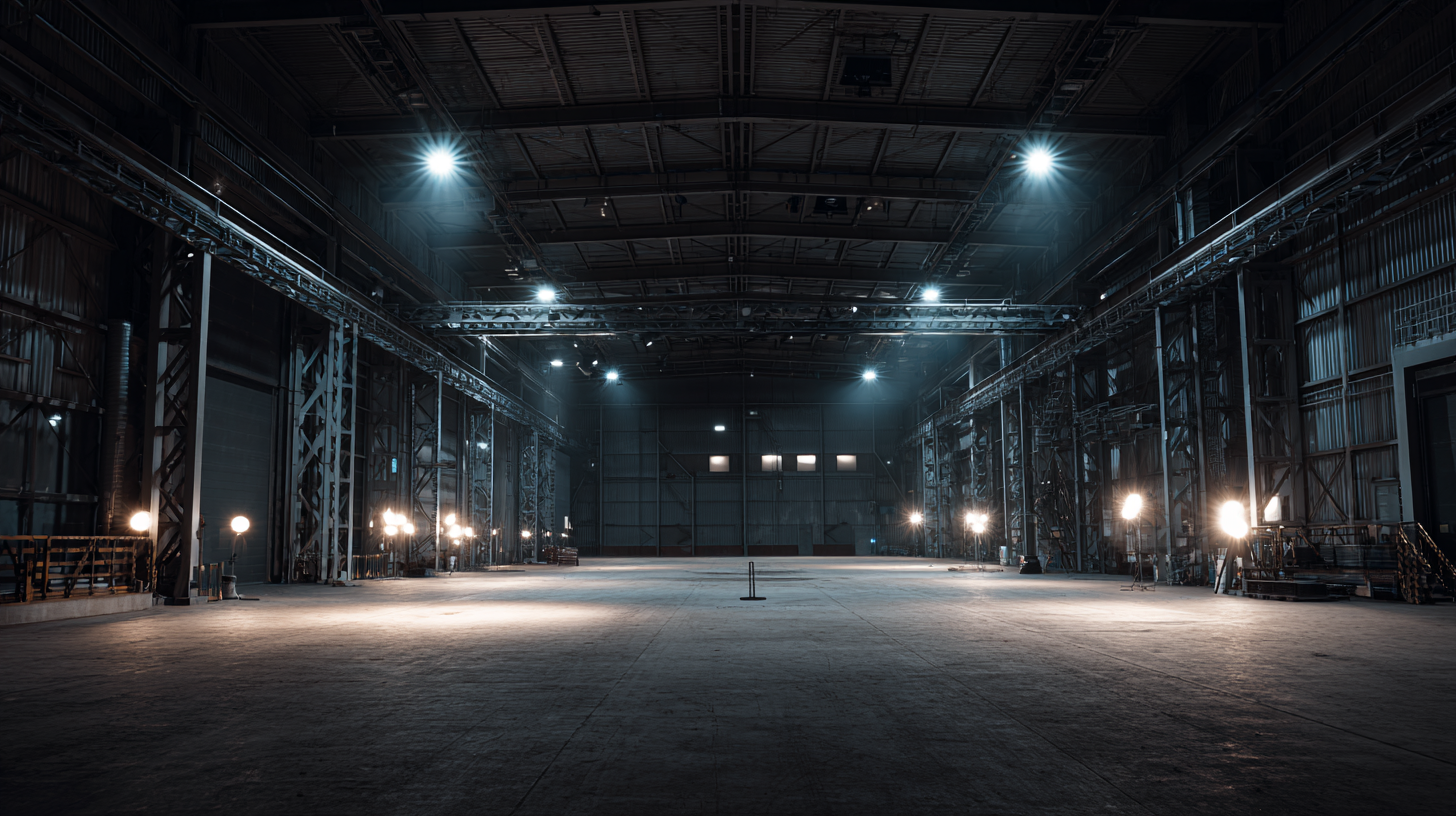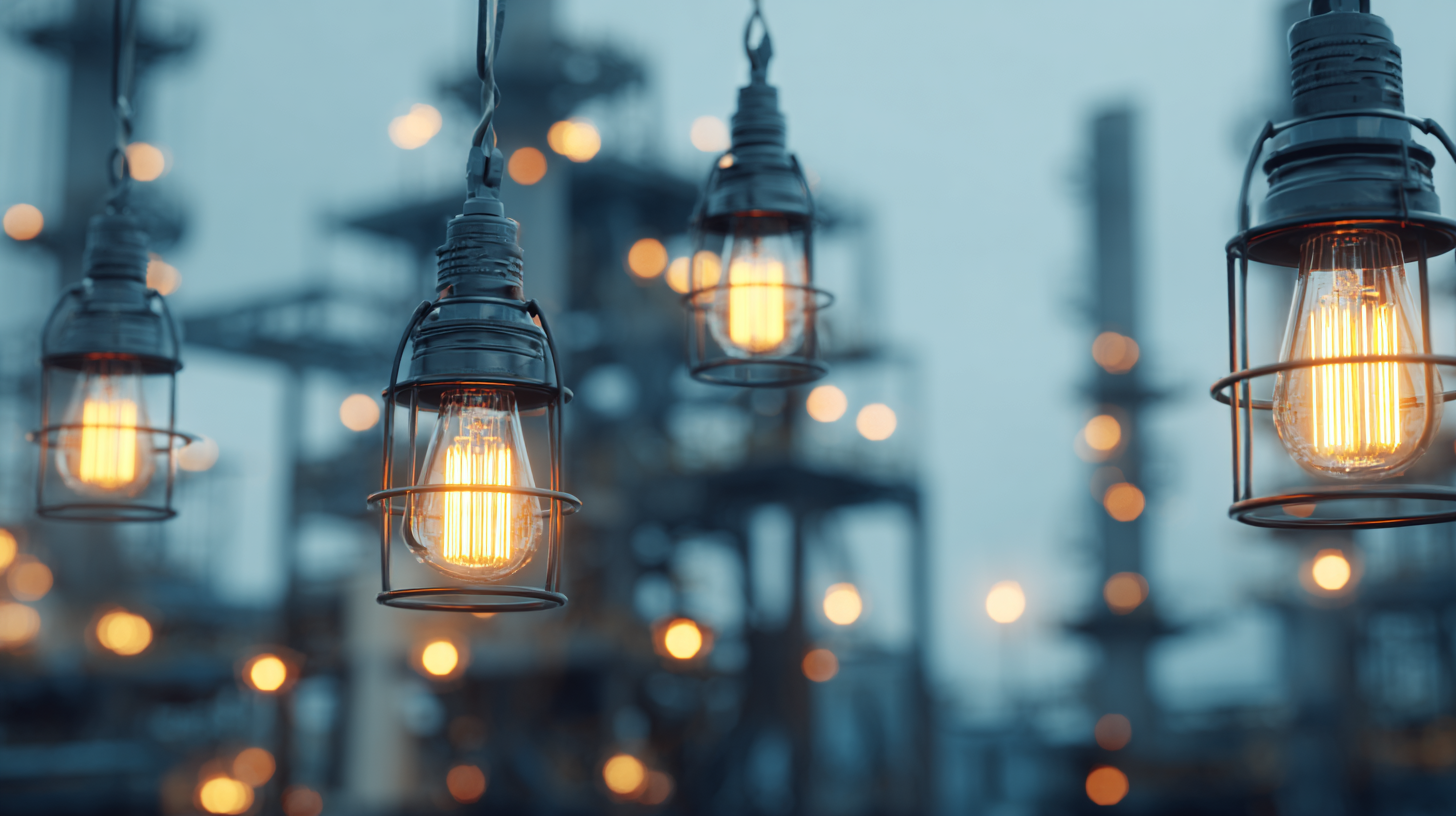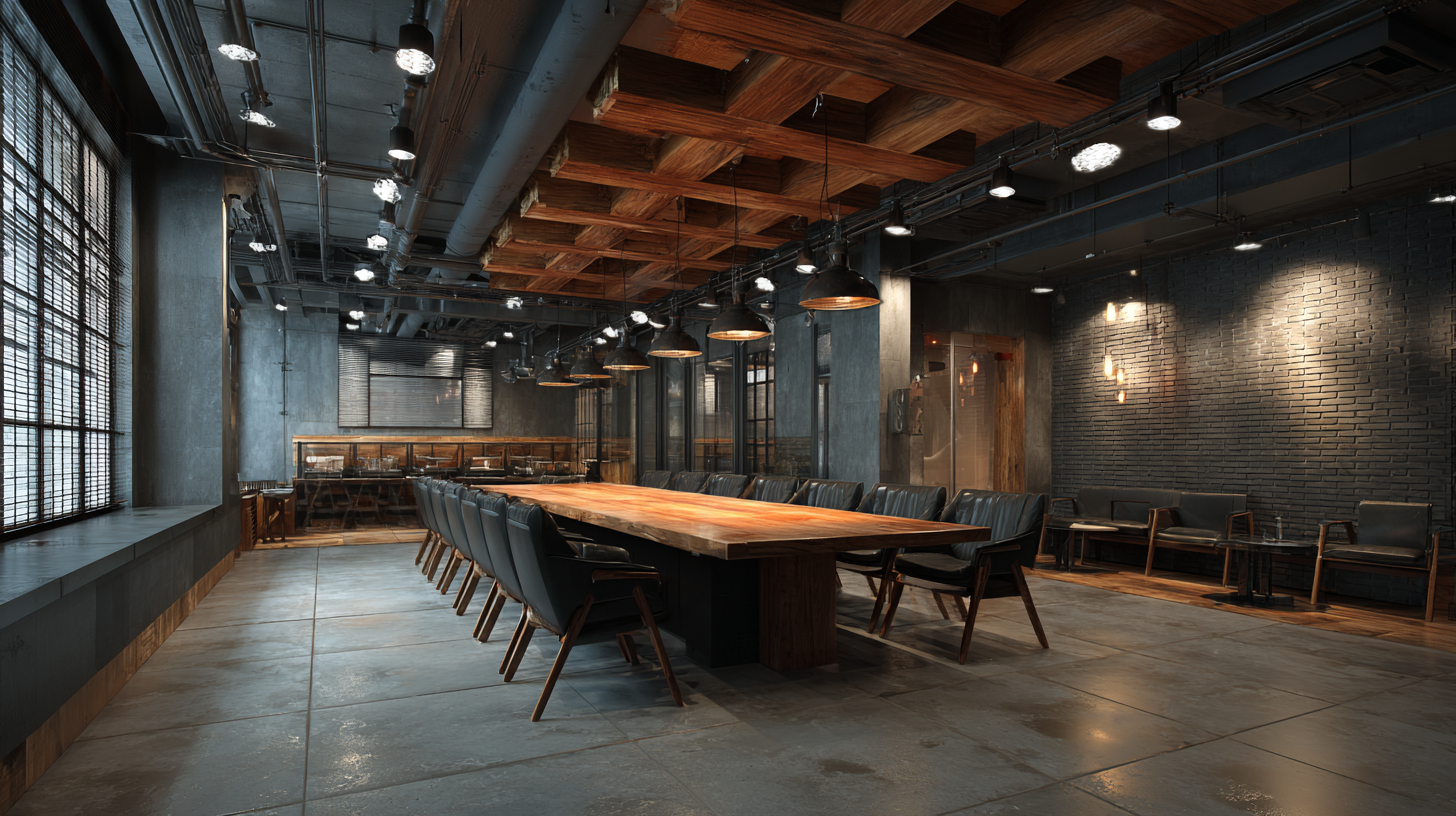A Comprehensive Guide to Choosing the Best Industrial Lighting Solutions
In today's fast-paced industrial environments, having the right lighting solutions is crucial for enhancing productivity, safety, and overall operational efficiency. Industrial lighting is not just about illuminating workspaces; it plays a vital role in influencing employee mood, reducing accidents, and minimizing energy costs. However, with the myriad of options available in the market, choosing the best industrial lighting solutions can be daunting. This comprehensive guide aims to simplify the decision-making process by highlighting the top strategies for selecting the most effective lighting systems tailored to specific industrial needs. Whether you're operating a sprawling manufacturing plant, a bustling warehouse, or a specialized facility, the insights provided here will empower you to make informed choices and optimize your workspace for better performance.

Factors to Consider When Selecting Industrial Lighting Solutions
When selecting industrial lighting solutions, several key factors must be taken into consideration to ensure optimal performance and safety in the workplace. First, the nature of the work being performed will largely dictate the required lighting specifications. For instance, areas that involve intricate tasks may require higher lumen output and superior color rendering to enhance visibility and reduce errors. It’s crucial to assess the specific needs of different zones within the facility, from warehouses to assembly lines, to optimize lighting for both productivity and safety.
Another important factor is energy efficiency. With growing concerns surrounding environmental sustainability and energy costs, choosing lighting solutions that provide sufficient illumination while consuming less power is imperative. LED technology has emerged as a favorable option due to its longevity and lower energy consumption compared to traditional lighting. Additionally, considering the installation and maintenance costs associated with various lighting systems will help in making a long-term economical choice. Evaluating these critical elements will aid in the selection of the most suitable industrial lighting solutions, ensuring a brighter and more efficient operational environment.
Emerging Trends in Industrial Lighting Technologies for 2025
As we approach 2025, the industrial lighting sector is set to witness transformative technological advancements that align with sustainability and energy efficiency. One key trend is the increased adoption of smart lighting systems that utilize IoT (Internet of Things) technology. These systems allow for real-time monitoring and control of light levels, leading to optimal energy consumption while enhancing productivity in the workplace.
Tip: When considering industrial lighting solutions, look for systems that integrate smart technology. These can provide valuable data analytics to help you assess and improve your energy use.
Another emerging trend is the rise of LED lighting, which continues to dominate the market due to its long lifespan and lower heat emissions. Innovations in LEDs are also paving the way for tunable white lighting, which adjusts color temperatures throughout the day to align with natural light cycles, promoting worker well-being and performance.
Tip: Evaluate your lighting needs based on the specific tasks performed in your facility. Using tunable LED lights can create a more comfortable and efficient work environment tailored to different operational phases.

Comparative Analysis of LED vs. Traditional Lighting for Industrial Use
When selecting the best industrial lighting solutions, a comparative analysis of LED and traditional lighting reveals significant advantages in efficiency and sustainability. LEDs have transformed the lighting landscape thanks to their impressive versatility and energy-saving properties. Unlike incandescent and fluorescent lights, LEDs consume significantly less energy and have a longer lifespan, making them a more cost-effective solution for industrial applications.
Tips: When transitioning to LED lighting, consider conducting an energy audit to determine the most effective placement and type of LEDs for your facility. Additionally, look for lighting systems with adjustable settings to accommodate various operational needs throughout the day. This flexibility can enhance productivity while minimizing energy waste.
 Moreover, the environmental impact of switching to LED lighting cannot be overlooked. LEDs emit less heat and contain no harmful materials, thus reducing your carbon footprint. As industries increasingly prioritize sustainable practices, the migration to LED technology is not just a trend; it’s an essential step towards environmental responsibility.
Moreover, the environmental impact of switching to LED lighting cannot be overlooked. LEDs emit less heat and contain no harmful materials, thus reducing your carbon footprint. As industries increasingly prioritize sustainable practices, the migration to LED technology is not just a trend; it’s an essential step towards environmental responsibility.
Tips: Explore local incentives for upgrading to energy-efficient lighting systems, as these can help offset installation costs. Lastly, ensure that your team is educated on the benefits and maintenance of LED lighting to maximize its effectiveness and longevity in your operations.
Case Studies of Successful Industrial Lighting Implementations
When it comes to industrial lighting solutions, real-life case studies can illuminate the benefits of effective lighting design and implementation. For instance, a manufacturing facility upgraded from traditional fluorescent lights to energy-efficient LED systems. This transition not only reduced their energy consumption by 40% but also improved worker productivity and morale due to better visibility. Such transformations exemplify how strategic lighting choices can lead to enhanced operational efficiency.
Tip: Consider conducting a lighting audit before implementing changes. This analysis will help you identify specific areas needing improvement and potential energy-saving opportunities.
Another notable example is a logistics company that integrated smart lighting controls in their warehouses. By utilizing motion sensors and automated dimming functions, they were able to significantly decrease their electricity costs while ensuring optimal light levels for safety and precision. This case underlines the importance of not just the type of light source but also how it is controlled and managed.
Tip: Collaborate with lighting professionals who can provide tailored solutions based on your specific needs and environment, ensuring that you maximize both functionality and efficiency in your facility.
Cost-Effectiveness: Evaluating the Long-Term Savings of Modern Lighting Solutions
When evaluating industrial lighting solutions, cost-effectiveness is often a primary concern for businesses looking to enhance operational efficiency while managing expenses. Modern lighting technologies, particularly LED solutions, have revolutionized the industry by providing significant long-term savings. These advanced options not only consume less energy but also offer longer lifespans compared to traditional incandescent or fluorescent bulbs. This longevity reduces the frequency of replacements, leading to lower maintenance costs and minimized downtime.
Moreover, the initial investment in modern lighting may be higher, but the energy savings accrued over time can offset this upfront cost. For instance, LED lights can use up to 75% less energy than their traditional counterparts, translating to a considerable reduction in electricity bills. Additionally, many modern lighting systems are equipped with smart technologies that enable better control over energy use, including motion sensors and dimming capabilities. This adaptability allows businesses to further optimize energy consumption, ensuring they only use power when necessary and enhancing overall efficiency. Investing in contemporary industrial lighting solutions, therefore, proves not only wise for the environment but also beneficial for the company’s bottom line.
A Comprehensive Guide to Choosing the Best Industrial Lighting Solutions - Cost-Effectiveness: Evaluating the Long-Term Savings of Modern Lighting Solutions
| Lighting Type | Initial Cost ($) | Annual Energy Cost ($) | Lifespan (Years) | Total Lifetime Cost ($) |
|---|---|---|---|---|
| LED | 150 | 50 | 25 | 1,300 |
| Fluorescent | 100 | 80 | 10 | 900 |
| Incandescent | 50 | 150 | 1 | 1,800 |
| Metal Halide | 200 | 120 | 15 | 2,200 |






